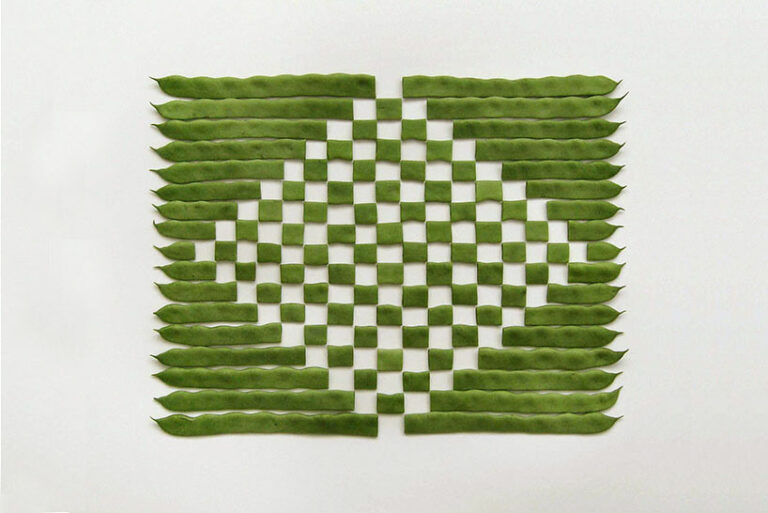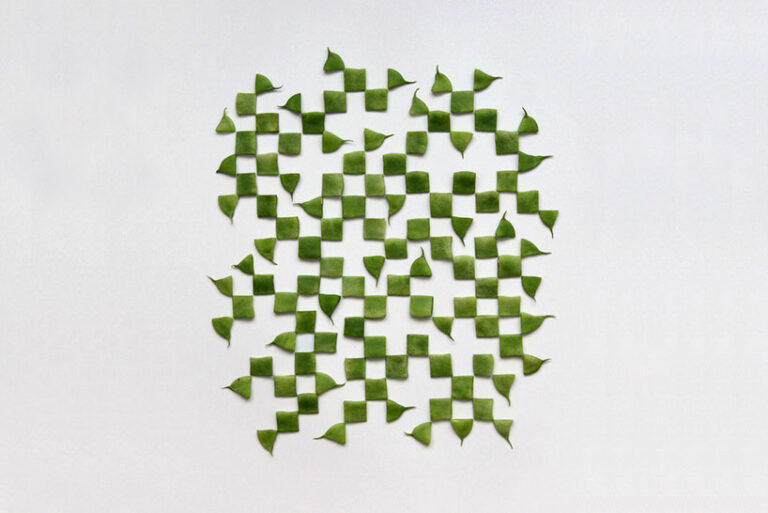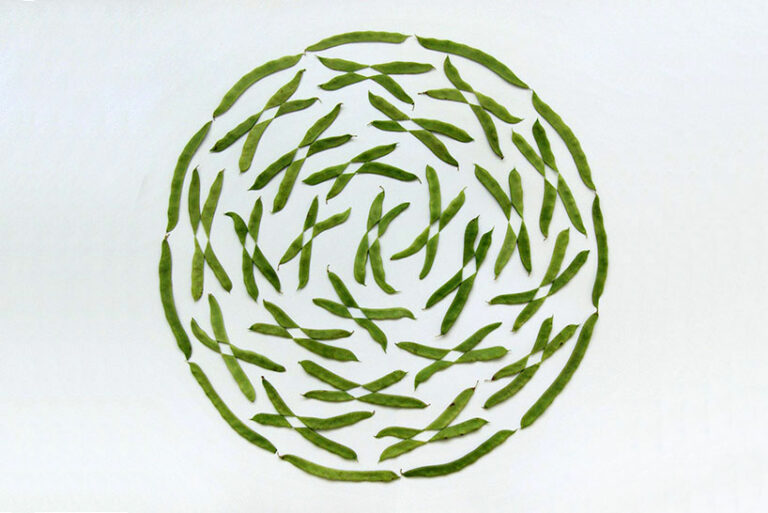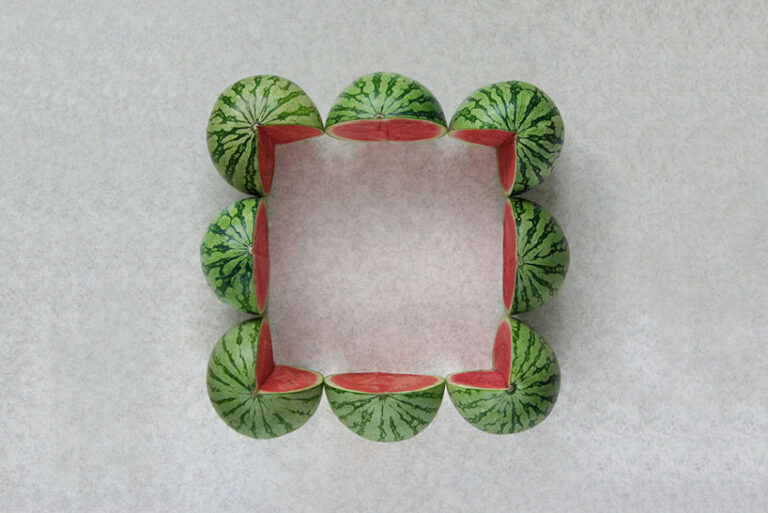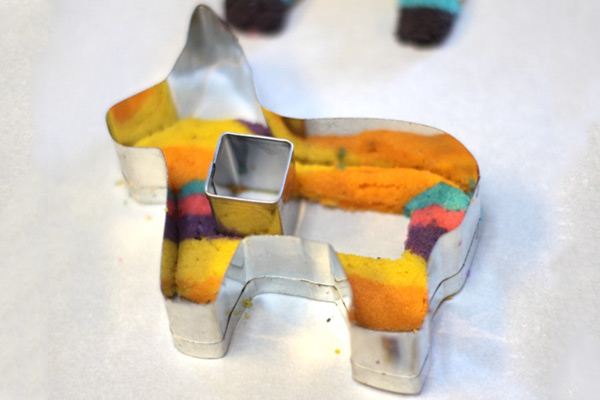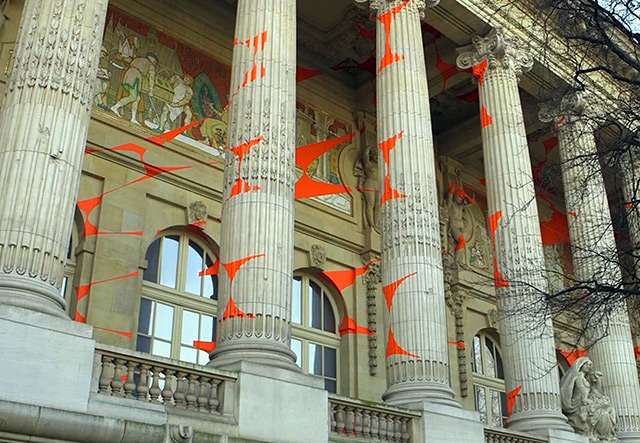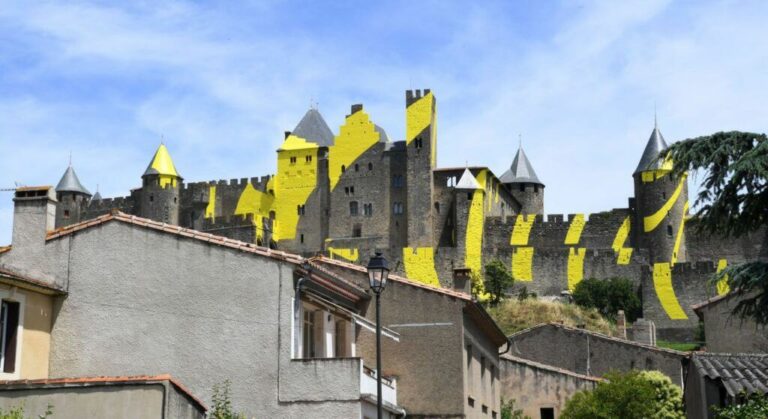Archiv des Autors: Joao99
a Fathers Advice
A Father’s
Instructions for Life
Condensed from “Life’s Little Instruction Book”
H. Jackson Brown, Jr.
(Readers Digest, September 1992, pp. 129-137)
YEARS AGO, I read that it was the responsibility of parents not to pave the road for their children, but to provide a road map. So, as my son, Adam, prepared to leave for college, I jotted down a few words of counsel and put them in a dime-store binder. After his mother and I had helped him move into his dorm, I presented him with the bound pages.
A few days later, Adam called me. “Dad,” he said, the book is one of the best gifts I’ve ever received. I’m going to add to it and someday give it to my son.” Every once in a while life hands you a moment so precious, so overwhelming, that you almost glow. I had just experienced one.
Here are the words I gave him.
Compliment three people each day.
Watch a sunrise at least once a year:
Overtip breakfast waitresses.
Look people in the eye.
Say “thank you” a lot.
Say “please” a lot.
Live beneath your means.
Buy whatever kids are
selling on card tables in
their front yards.
Treat everyone you meet
as you want to be treated.
Donate two pints of
blood every year.
Make new friends but
cherish the old ones.
Keep secrets.
Don’t waste time learning
the “tricks of the trade.”
Instead, learn the trade.
Admit your mistakes.
Be brave. Even if you’re not,
pretend to be.
No one can tell the difference.
Choose a charity in your
community and support it
generously with your
time and money.
Read the Bill of Rights.
Use credit cards only for
convenience, never for credit.
Never cheat.
Give yourself a year and read
the Bible cover to cover.
Learn to listen. Opportunity
sometimes knocks very softly.
Never deprive someone of hope;
it might be all he or she has.
Pray not for things, but for
wisdom and courage.
Never take action when
you’re angry.
Have good posture.
Enter a room with purpose
and confidence.
Don’t discuss business in elevators.
You never know who
may overhear you.
Never pay for work before
it’s completed.
Be willing to lose a battle
in order to win the war.
Don’t gossip.
Beware of the person who
has nothing to lose.
When facing a difficult task,
act as though it is
impossible to fail. If you’re
going after Moby Dick,
take along the tartar sauce.
Don’t spread yourself too thin.
Learn to say no
politely and quickly.
Don’t expect life to be fair.
Never underestimate the
power of forgiveness.
Instead of using the word
problem, try substituting
the word opportunity.
Never walk out on
a quarrel with your wife.
Regarding furniture and clothes:
if you think you’ll be using them
five years or longer, buy the best
you can afford.
Be bold and courageous.
When you look back
on your fife, you’ll regret
the things, you didn’t do
more than the ones you did.
Forget committees. New, noble,
world-changing ideas always come
from one person working alone.
Street musicians are a treasure.
Stop for a moment and listen;
then leave a small donation.
When faced with a serious
health problem, get at least three
medical opinions.
Wage war against littering.
After encountering inferior
service, food or products,
bring it to the attention
of the person in charge.
Good managers will
appreciate knowing.
Don’t procrastinate.
Do what needs doing when
it needs to be done.
Get your priorities straight.
No one ever said on his deathbed,
“Gee, if I’d only spent more
time at the office.”
Don’t be afraid to say
“I don’t know.”
Don’t be afraid to say
“I’m sorry.”
Make a list of 25 things
you want to experience before
you die. Carry it in your
wallet and refer to it often.
Call your mother.
Schmackhafte Kunst
Şakir Gökçebağ ist ein türkischer Künstler, Jahrgang 1965. Wer Andy Goldsworthy kennt, wird hier eine Idee wiederfinden – mir gefällts.
seine Installtionen gefallen mir auch:
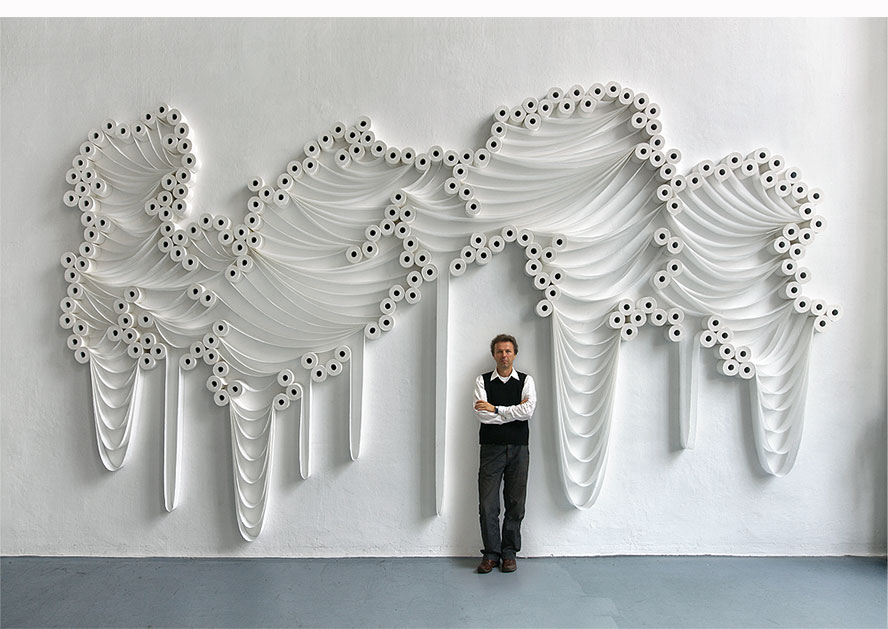
Kunst Aufräumen
Nach den beiden Bestsellern Kunst aufräumen und Noch mehr Kunst aufräumen weitet Ursus Wehrli seine geniale Idee aus und bringt nun endlich die ganze Welt in Ordnung: Vom Weihnachtsbaum übers U-Bahn-Netz bis zur Fussballmannschaft, der Badewiese und dem Parkplatz, nichts ist vor seiner ordnenden Hand sicher.
In Die Kunst, aufzuräumen wird ohne Pardon reiner Tisch gemacht. Danach ist nichts mehr, wie es mal war.
Lorem ipsum: Von Cicero, blinden Texten und Platzhaltern
Nunc faucibus. Nulla et tortor. Cras suscipit, nisi vel posuere lacinia, erat massa condimentum nibh, non tincidunt nulla turpis at.
Absatz 1.10.32‒1.10.33:
:)
Gletscher
Cinco de Mayo
SUGAR COOKIES WITH A SURPRISE INSIDE
Why stop at the candy inside? Make the whole piñata worth fighting for!
These multi-striped, burro piñata sugar cookies come complete with hollow centers that you can fill with a secret stash of your favorite candies. Break open or bite into these festive treats and be greeted with a sugary surprise. Olé!
Ingredients:
- 1 cup sugar
- 1 cup powdered sugar
- 1 cup butter
- 1 cup vegetable oil
- 2 eggs
- 1 teaspoon cream of tartar
- 1 teaspoon salt
- 1 teaspoon almond extract
- 1 teaspoon baking soda
- 5 cups flour
- 1 tablespoon vanilla
- Mini M&M candies
- 1/2 cup powdered sugar (frosting)
- 2 teaspoons milk (frosting)
Directions to make piñata sugar cookies:
Make the dough
Cream sugars with butter. Beat in eggs. Add oil. Combine dry ingredients together, and then gradually add them to the mixture. Mix in vanilla and almond extract.
Color the dough
Split dough into five, even-sized balls and one smaller ball (this will be the black one). Add food coloring to each of the dough balls until desired color is achieved. Gel food coloring gives you more intense colors than liquid.
Layer the dough
Use a container the same approximate width of your donkey/burro piñata cookie cutter, and line it with plastic food wrap. Split all of your colored dough balls in half (except the black) and begin layering the dough in the container, starting with the black dough on the bottom. Alternate the colors so that you end up with two layers of each color by the time you’re done.
Wait
Cover the layered dough and freeze for four hours or overnight. This is the perfect time to conserve your creative juices for what lies ahead.
Bake the cookies
Remove the dough from the container and unwrap from the plastic. Cut slices, approximately 1/4-inch wide. Place them on a baking sheet lined with parchment paper. Bake them at 350 degrees F for 12 minutes.
Cut the cookies
Immediately after you take them out of the oven, use your burro piñata cookie cutter to cut the cookie shapes. Working in sets of three, be sure to cut two burro piñata cookies in one direction and one burro piñata cookie in the opposite direction. (Just flip your cookie cutter over.) That way, when you go to assemble them, the finished cookie will look “pretty” on both sides — because the baked, bottom sides will be hidden.
Create the hidden pocket
For the middle cookies in each set, cut off the ears and legs, and cut out the center where the M&Ms will go. I used a small square cutter, and made three cuts to get a narrow rectangle. Try to work quickly, because as the cookies cool, they are more likely to crumble or break. Let them cool on the baking sheet before you move them and remove the excess, outer cookie.
Assembling the piñata cookies
To assemble, take the first piñata cookie and lay it upside down so that the baked bottom is facing up. Outline the center of the piñata body with a “frosting glue” mixture of milk and powdered sugar. (I used 1/2 cup of powdered sugar and two teaspoons of milk. If you put it inside a Ziploc bag and cut off a tiny tip of the bag’s corner, you can pipe it onto the cookie easily.)
Put the middle cookie on top of the frosting glue and add the M&Ms to the open center. Put another outline of frosting glue on the middle cookie and place the opposite-cut piñata cookie on top (so that the pretty side is facing out). Let these sit and harden for at least 30 minutes before you stand them upright.
Show off your finished piñata cookie
This recipe will make six to eight piñata cookies.
http://www.sheknows.com/food-and-recipes/articles/958083/cinco-de-mayo-pinata-cookies]
Mathetrick
Unfortunately, a lot of calculators are going to truncate the results. However, if you manage to get a hold of one that doesn’t, solving 1/998001 will generate all the three digit numbers from 000 to 999. And in order, no less. I have no idea how this works, but it’s a pretty neat trick and even a bit unsettling. If you’re a fan of this kind of spooky math fun, solving 1/9801 will generate all the consecutive two digit numbers.
If you notice that 998001 is 999 squared, you can see the reason why.
1/998001 = 0.000001 x 1/(1-0.001)^2.
Then if you use the power series expansion 1/(1-x) = 1+x+x^2+x^3+… this means
1/998001 = 0.000001 x (1+0.001+0.001^2+….) x (1+0.001+0.001^2+…)
and so you can count the number of ways to get a certain power of 0.001 in this product…
[http://www.geekosystem.com/one-divided-by-998001/]
Anamorphisch

Artist Felice Varini is a master of anamorphic installations. He paints directly on indoor and outdoor spaces such as rooms, stairways, buildings, and more. His work requires that you view it at a specific angle, so that you can see geometric shapes.
Notes about the artist: [1]
Felice Varini was born in 1952 in Locarno, Switzerland. and currently lives in Paris.
[…] The paintings are characterized by a single vantage point from which the viewer can see the complete painting (usually a simple geometric shape such as circle, square, line), while various ‘broken’ fragmented shapes are seen from various other view points. Varini contends that the work exists as a whole — the complete shape as well as the fragments. “My concern,” he says “is what happens outside the vantage point of view.”
1. "Felice Varini." Demischdanant.com. Retrieved on February 10th, 2012. Photos © Felice Varini Link via Myedol


